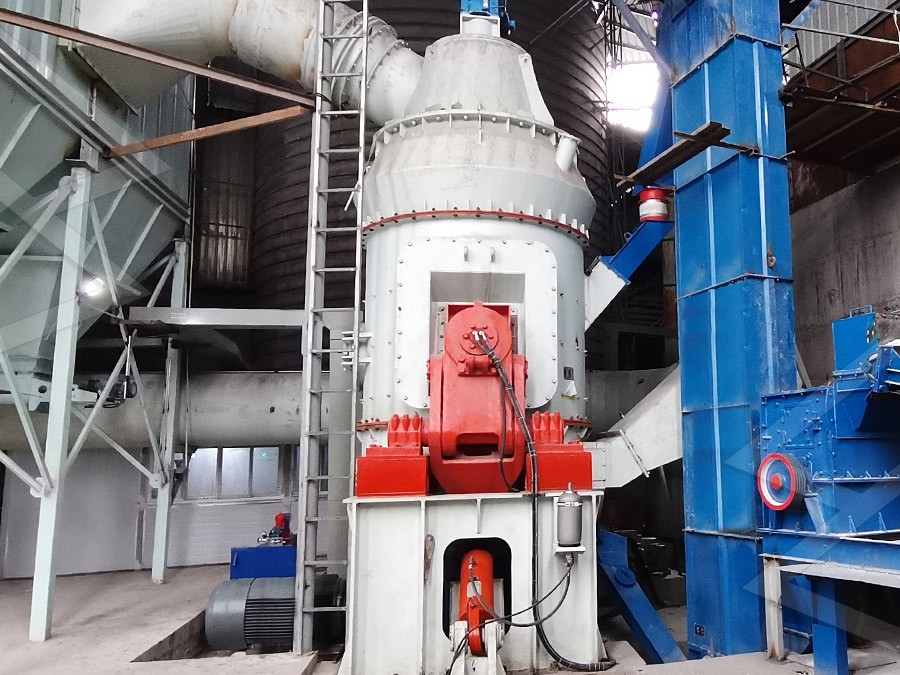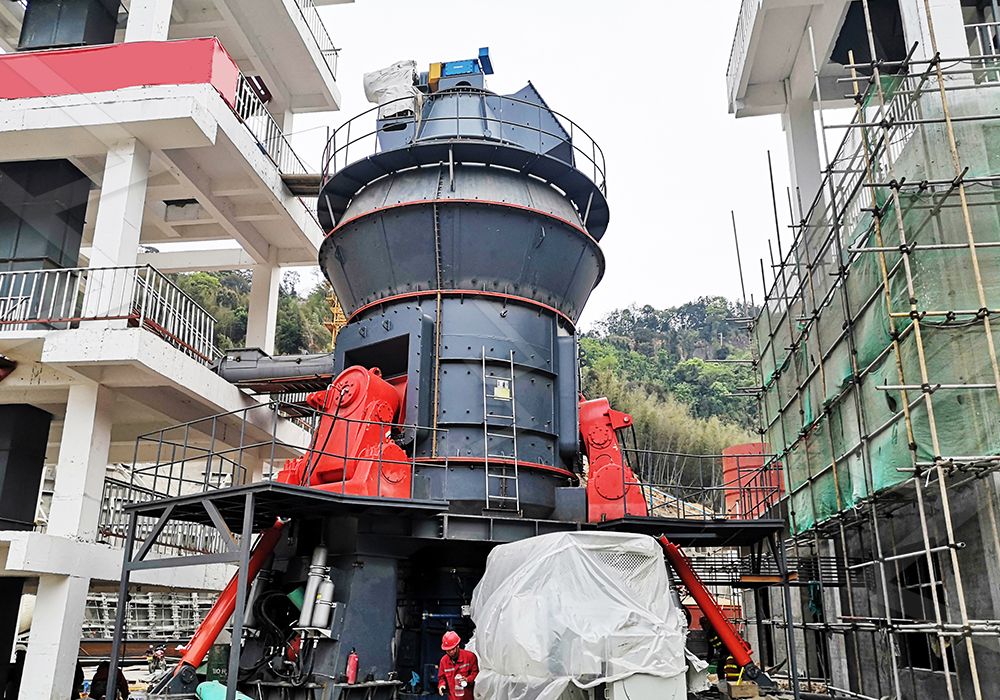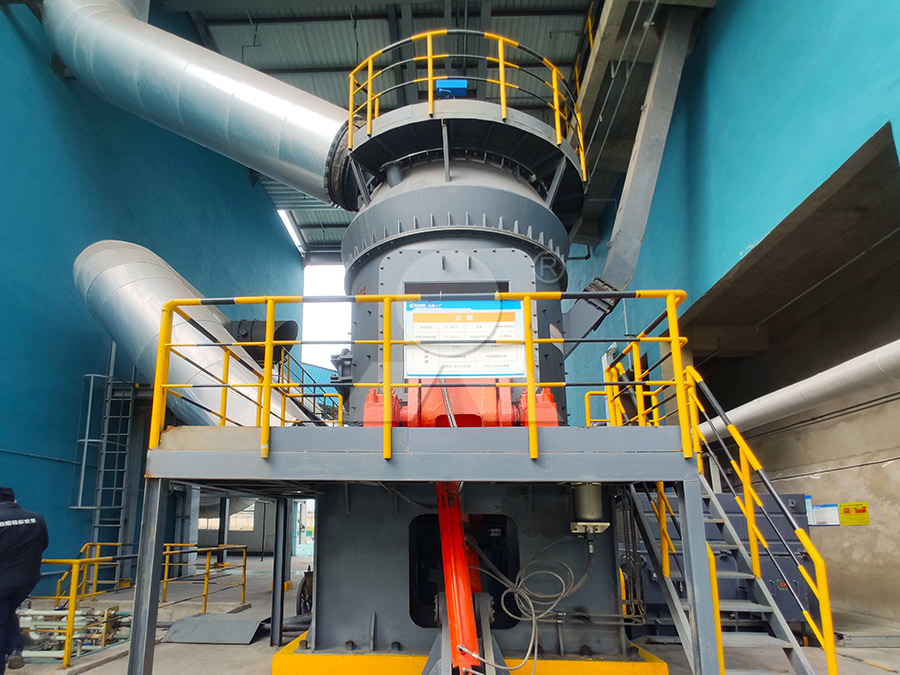Ball Mill, Vertical Mill, and Column Mill Overhaul Slag Classification Guide
Ball Mill, Vertical Mill, and Column Mill Overhaul Slag Classification Guide
In industrial milling operations, proper classification and handling of slag materials is crucial for maintaining equipment efficiency and product quality. Different mill types require specific approaches to slag management during overhaul procedures. This guide provides practical insights for professionals working with these critical grinding systems.
Understanding Mill-Specific Slag Characteristics
Each mill type produces distinct slag patterns that require specialized handling approaches. Ball mills typically generate spherical slag particles with consistent density, while vertical mills produce layered slag formations due to their grinding mechanism. Column mills create elongated slag fragments that reflect their compressive action.

During overhaul procedures, technicians should document slag accumulation patterns as they provide valuable diagnostic information about wear patterns, material flow issues, and potential mechanical problems. The color, texture, and particle size distribution of slag can indicate operational abnormalities that require attention.
Vertical Mill Slag Management Solutions
Vertical mills present unique challenges due to their integrated drying and grinding functions. The MW Ultrafine Grinding Mill offers particular advantages in slag-prone applications. With an input size of 0-20 mm and capacity ranging from 0.5-25 tph, this equipment handles challenging materials while minimizing slag-related downtime.
The MW Ultrafine Grinding Mill’s innovative design eliminates rolling bearings and screws in the grinding chamber, significantly reducing points of failure where problematic slag accumulation typically occurs. This feature proves particularly valuable during overhaul procedures, as technicians can access critical components without dealing with compacted slag in hard-to-reach areas.

Ball Mill Overhaul Best Practices
Ball mill overhauls require careful attention to liner wear patterns and grinding media condition. Slag accumulation in ball mills often indicates improper material flow or inadequate ventilation. During overhaul, technicians should measure liner thickness at multiple points and document wear patterns that might suggest uneven loading or material buildup.
The reversible grinding roller structure in modern vertical mills like the LUM Ultrafine Vertical Grinding Mill demonstrates how design innovations can simplify slag-related maintenance. With capacity of 5-18 tph and handling input sizes up to 10 mm, this mill incorporates double position-limiting technology that prevents destructive impacts from vibration-related issues common in slag-heavy applications.
Advanced Slag Classification Techniques
Modern classification systems employ multiple parameters to categorize slag materials:
- Particle size distribution – Determines recyclability potential
- Chemical composition – Identifies contamination sources
- Abrasion characteristics – Guides wear part selection
- Moisture content – Affects handling and disposal methods
Proper classification enables more effective slag utilization in secondary applications, reducing waste disposal costs and environmental impact. The pulse dust collection system in the MW Ultrafine Grinding Mill exemplifies how modern equipment supports environmentally responsible slag management.

FAQ: Mill Slag Management
What are the primary indicators of problematic slag accumulation?
Increased power consumption, reduced throughput, unusual vibration patterns, and declining product quality typically signal excessive slag buildup that requires attention during the next scheduled overhaul.
How does the MW Ultrafine Grinding Mill address common slag-related issues?
Its cage-type powder selector technology maintains precise separation even with variable slag characteristics, while the absence of internal screws and rolling bearings eliminates common failure points where slag typically accumulates.
What safety precautions are essential during slag removal procedures?
Always lock out power sources, wear appropriate respiratory protection against fine particulates, use proper tools for slag breaking rather than impromptu implements, and establish clear communication protocols among maintenance team members.
Can mill slag be repurposed for other applications?
Yes, properly classified slag finds use in construction materials, soil amendment products, and industrial fillers, though suitability depends on chemical composition and particle characteristics determined during the classification process.
How often should comprehensive slag analysis be performed?
We recommend detailed slag analysis during each major overhaul, with basic visual inspection and documentation during routine maintenance intervals to track changes over time.
